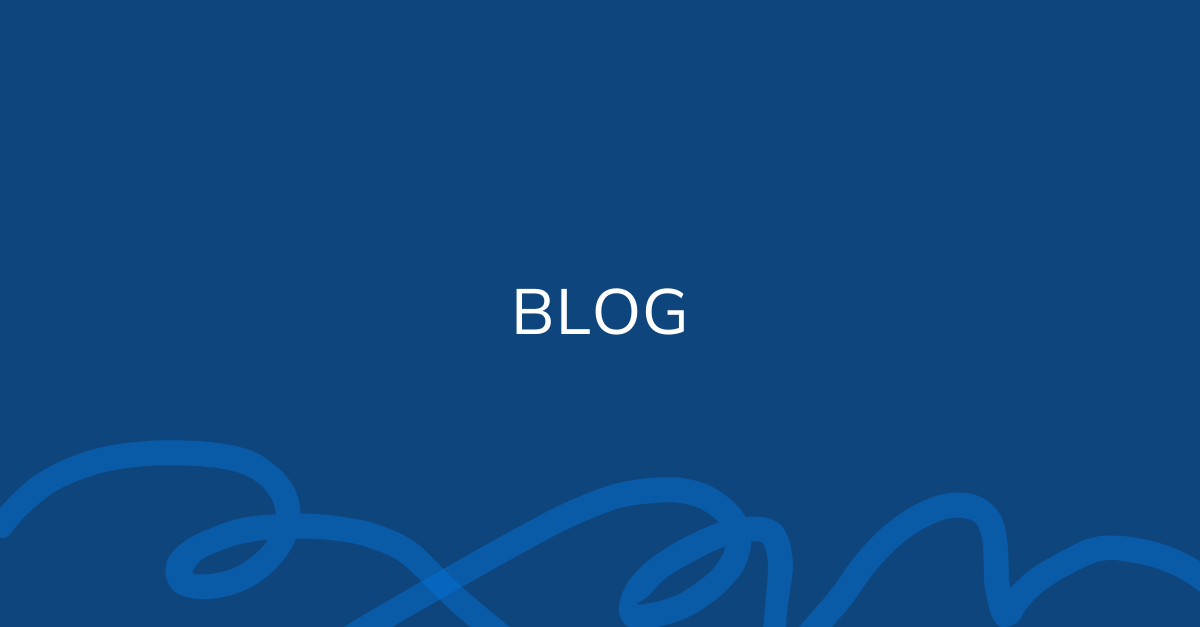
This blog is a recap of a recent webinar discussion hosted by Skilled Nursing News and sponsored by OneStep.
Although this webinar was framed as a discussion about the Minimum Data Set (MDS), it quickly became clear that the insights reached far beyond compliance. The conversation highlighted how organizations can leverage the OneStep solution not only to support accurate MDS documentation but also to strengthen quality measures, reduce falls, improve patient outcomes, and drive ROI. This blog spotlights those key takeaways from the discussion.
Pat Tarnowski, Chief Commercial Officer at OneStep and a physical therapist, opened the discussion with a simple but powerful point: mobility is a vital sign. By leveraging a device patients already own — their smartphone — OneStep can passively and actively capture gait data in real-world conditions, offering a depth of insight previously reserved for lab settings.
This information feeds directly into clinical decision-making, allowing teams to:
Lisa Chambers, President of Asendra, described her journey to find a technology that would be:
By embedding OneStep into skilled evaluations, Asendra’s therapists began every admission with a baseline fall risk assessment. Weekly calls, facility “champions,” and friendly competition ensured adoption. Metrics were set early — for example, having 80% of caseloads assessed with OneStep — and consistently measured.
Key Early Results:
While OneStep began as a therapy-led initiative, integration with nursing systems like PCC created real-time, facility-wide visibility. Nursing could now be alerted earlier to subtle changes in fall risk, reducing reliance on delayed IDT reporting.
Leigh Ann Frick, President of Care Navigation Consulting, emphasized that accurate, shared data between disciplines improves:
“When you think about quality reporting, value-based purchasing, and Five-Star ratings — function plays a huge role. Having baseline data helps us make better discharge decisions and keep people safe at that next level of care.” -Leigh Ann Frick, President of Care Navigation
Real-world gait analysis isn’t just about preventing falls. It can:
Chambers recalled one example where movement data flagged a patient’s sudden inactivity — leading to the discovery of an aortic aneurysm and an emergency intervention.
OneStep’s impact extends into:
Patients and families respond positively to seeing their progress quantified — turning subjective conversations into data-driven, collaborative decisions.
Both Lisa and Leigh Ann agreed: therapy is no longer solely a revenue driver. In the PDPM era, therapists must demonstrate value through measurable contributions to quality metrics, patient safety, and facility performance.
“Our industry has changed. We’re not the revenue driver anymore, but we are an essential part of the team — and we have to show that value through data and innovation.” - Lisa Chambers, President of Asendra
Real-world gait data is more than a new metric — it’s a lens for transforming care. By combining patient-friendly technology, interdisciplinary collaboration, and objective insights, skilled nursing providers can:
As healthcare continues shifting toward value-based models, mobility metrics could be the key to better outcomes, stronger partnerships, and healthier patients.
📺 Watch the full webinar for the complete discussion and detailed case examples: Watch Now